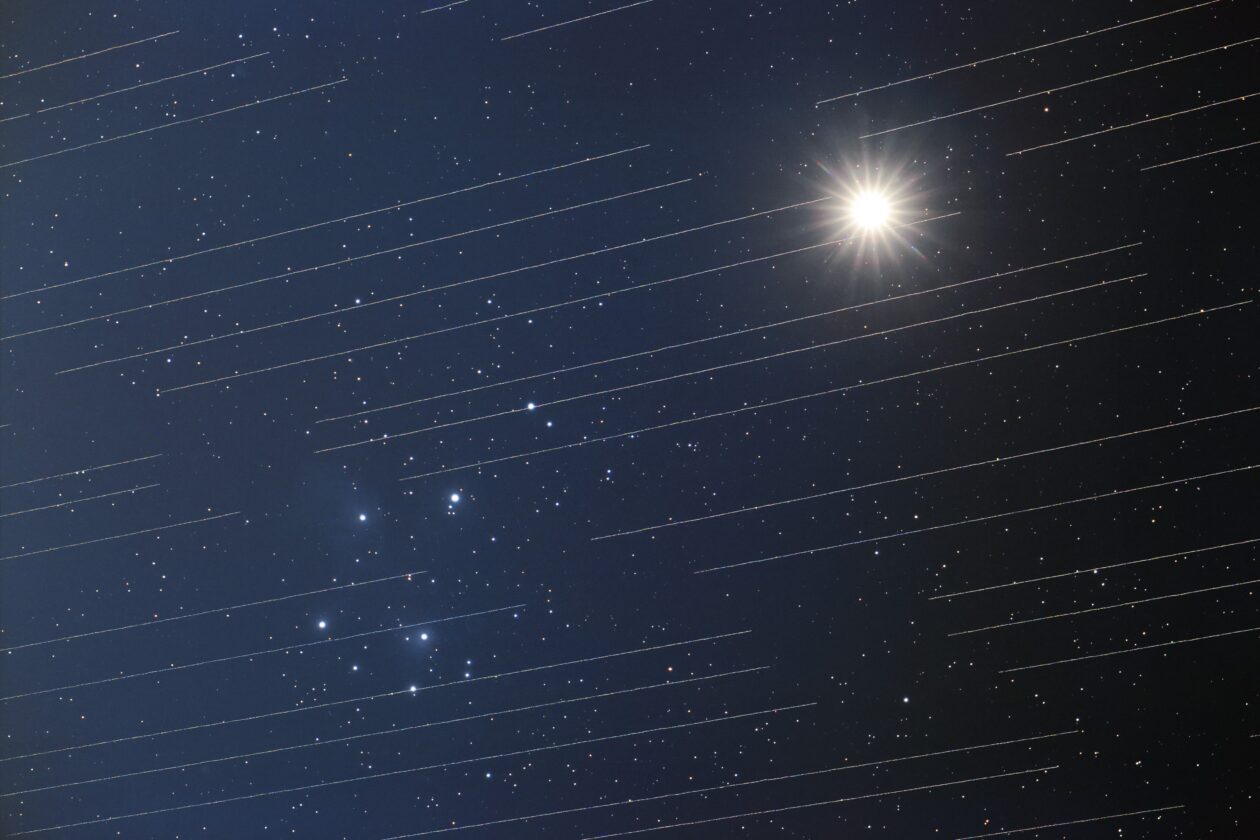
News Category: Media

Are communication satellites leading to “the end of astronomy as we know it”?
UW Department of Astronomy research scientist, Meredith Rawls, explains the effects of satellite constellations on observatories.
Former Google CEO invests in computing help for university scientists
Schmidt Futures philanthropy launches Virtual Institute for Scientific Software

Dr. Gwendolyn Eadie Wins 2021 Polanyi Prize in Physics
DiRAC Alumni, Dr. Gwendolyn Eadie, wins 2021 Polanyi Prize in Physics for her leadership and research in the emerging interdisciplinary field of astrostatistics.

Željko Ivezić appointed Director of Rubin Observatory Construction
On January 3, 2022, Željko Ivezić assumed the role of Director of Rubin Observatory Construction, appointed by Matt Mountain, AURA President.
Professor Ivezić has been involved with Rubin Observatory/LSST since its inception in the early 2000s, serving for many years as Project Scientist and head of the Project Science Team.

Telescope’s launch makes Christmas merry for space fans, but the ride has just begun
UW astronomers take on the liftoff of an Ariane 5 rocket and James Webb Space Telescope.

Northern lights make appearance over Washington
Northwest astronomy fans got a treat Monday night as clear skies provided an excellent view of the northern lights over Washington state.
Telescope Mount Assembly (TMA) Awakens
Great success for Rubin Observatory!
On the summit, the Telescope Mount Assembly (TMA) began moving manually in azimuth and elevation on a thin film of oil in early September—for the first time since factory testing in Spain. You can see a video of this achievement on the Rubin Observatory YouTube channel.
“Superflares” may be less harmful to exoplanets than previously thought, study shows
An international team of astronomers, including DiRAC research professor James Davenport, reports that superflares pose only a limited danger to exoplanets because the flares tend to originate near the poles of the stars – not the equator where most exoplanets orbit.
DiRAC astronomers propose a “SatHub” to track megaconstellations
Dr. Meredith Rawls, DiRAC Research Scientist, discusses recommendations from the recent “SATCON2” workshop